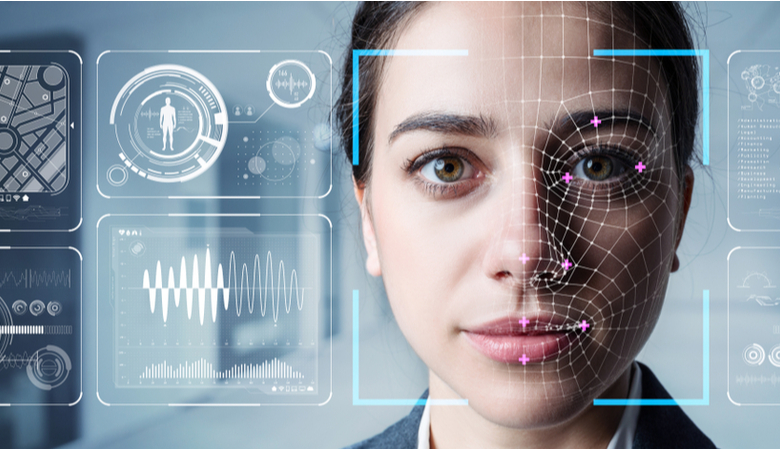Deepfake videos, which utilize artificial intelligence to alter visuals and audio, are raising significant concerns regarding online security. As these AI-generated forgeries become more convincing, the difficulty of spotting them increases. In response, detection tools are improving, employing more advanced techniques to recognize these manipulated videos. This article will examine AI Deepfake Detection methods and discuss their evolution in the fight against the increasingly misleading nature of deepfakes.
Understanding the Threat of AI Deepfakes
AI deepfakes are incredibly realistic images, videos, or audio created with neural networks, making them hard to tell apart from genuine content. The rapid advancement of deepfake technology is enabling malicious individuals to produce fake media for harmful purposes. These threats can vary from swaying public opinion during elections to tarnishing someone’s reputation with fabricated video evidence. As this danger increases, techniques for detecting AI deepfakes become crucial in mitigating these risks and safeguarding digital integrity. In response to the surge of deepfakes, online platforms are racing to create effective solutions.
Role of AI in Deepfake Detection
Artificial intelligence plays a crucial role in the realm of deepfakes, serving both to create and to detect these manipulated videos. AI deepfake detection systems utilize machine learning algorithms that are trained to spot subtle irregularities and inconsistencies in AI-generated content. By employing advanced image processing techniques, these systems can examine facial movements, lighting, and pixel structures to uncover anomalies that suggest manipulation. Online tools for deepfake detection are becoming increasingly vital, providing scalable solutions for the real-time identification of synthetic media. As the need for dependable detection grows, AI models are continually enhancing their accuracy.
Key Techniques in AI Deepfake Detection
AI deepfake detection employs several important methods to identify fraudulent content. One widely used technique is convolutional neural networks (CNNs), which are designed to spot pixel-level inconsistencies in images. Another effective approach involves analyzing irregularities in facial movements, as deepfake models often struggle to replicate the subtle nuances of human expressions. Additionally, AI models can identify inconsistencies in audio-visual synchronization, allowing for the detection of fake voiceovers in videos. As deepfake technology continues to evolve, the combination of various techniques enhances the effectiveness of detection systems, leading to a higher success rate.
Real-Time Detection Tools for Deepfake Attacks
With the rise of deepfakes, the need to detect them in real-time has become essential for various industries. Whether it’s social media platforms or government agencies, swiftly identifying deepfake attacks is key to preventing the spread of misinformation and harmful content. Online tools powered by AI for deepfake detection have been created to offer instant media verification. These tools can analyze large volumes of content, marking suspicious videos for further examination. By utilizing these automated solutions, organizations can act quickly against AI deepfakes that might otherwise remain unnoticed until they cause significant harm.
Challenges in Detecting Advanced Deepfakes
Despite the progress made in AI deepfake detection, there are still significant challenges to overcome. As deepfake technology advances, the forgeries are becoming more sophisticated, often evading current detection techniques. One of the main difficulties is keeping pace with these rapidly evolving tools, as the AI responsible for creating deepfakes continually learns from past detection efforts. Additionally, many detection systems find it hard to distinguish between real and fake content, especially when they only have low-quality videos to analyze. This ongoing struggle emphasizes the necessity for constant innovation in AI-based detection, particularly to thwart large-scale deepfake attacks.
Future Prospects of AI in Combating Deepfakes
The future of AI deepfake detection appears bright as new methods are being developed to keep pace with evolving threats. One promising area is the application of blockchain technology to verify content authenticity by generating tamper-proof digital certificates for videos and images. Furthermore, AI models are being trained on increasingly diverse datasets to enhance detection across various languages, cultures, and contexts. By integrating advanced detection techniques with content authentication systems, industries can establish stronger defenses against the rising threat of AI deepfakes. As the field progresses, these innovative solutions will be essential in safeguarding digital trust.
Wrapping It Up
Deepfakes are becoming an increasing concern for individuals, organizations, and society. Fortunately, advancements in AI deepfake detection offer a means to combat this issue by creating tools that can effectively identify altered media. With ongoing innovation and the integration of new technologies like AI and blockchain, the battle against deepfakes is set to progress. Although there are still challenges to overcome, the future holds the potential for safer online spaces where misinformation and deepfake threats can be swiftly recognized and addressed.

